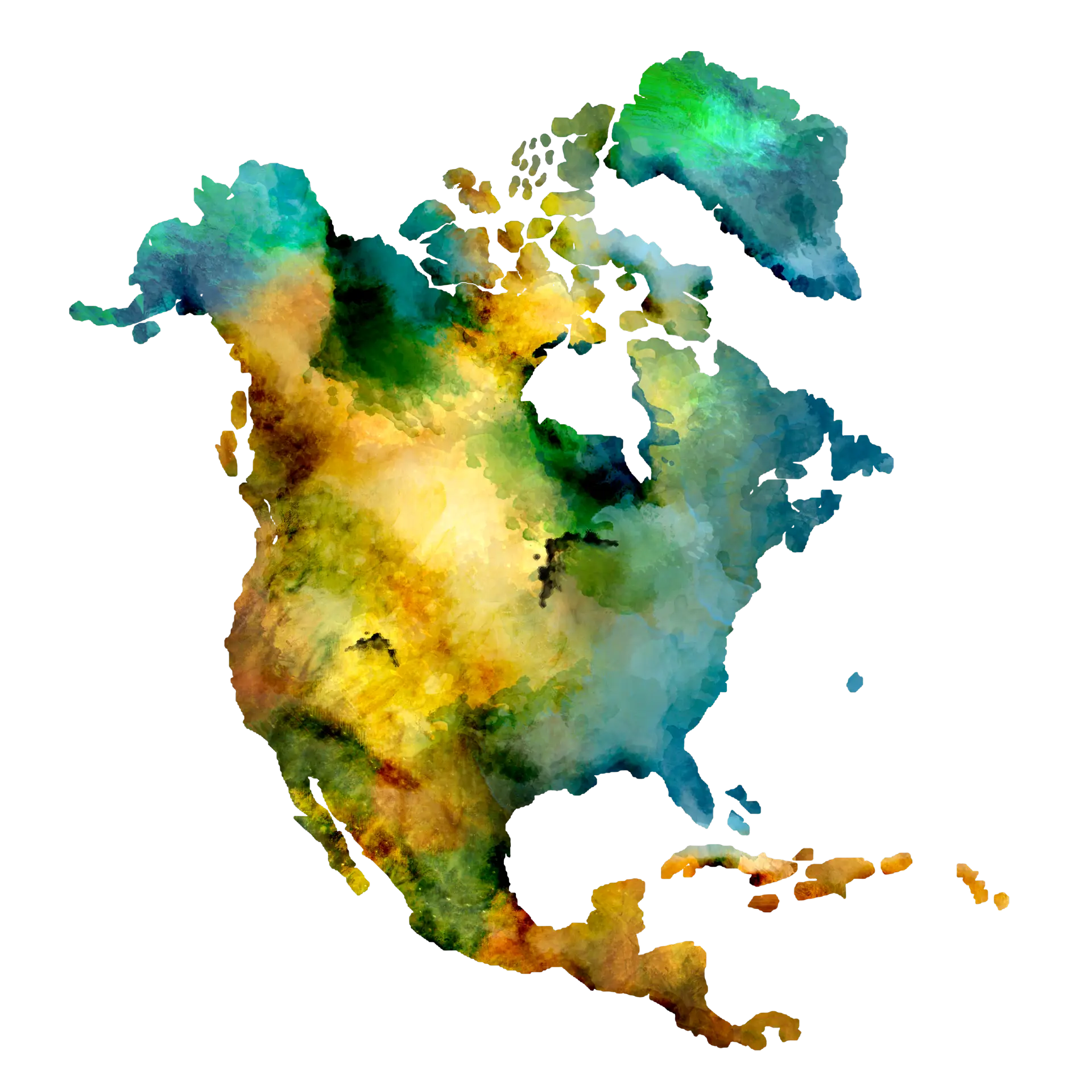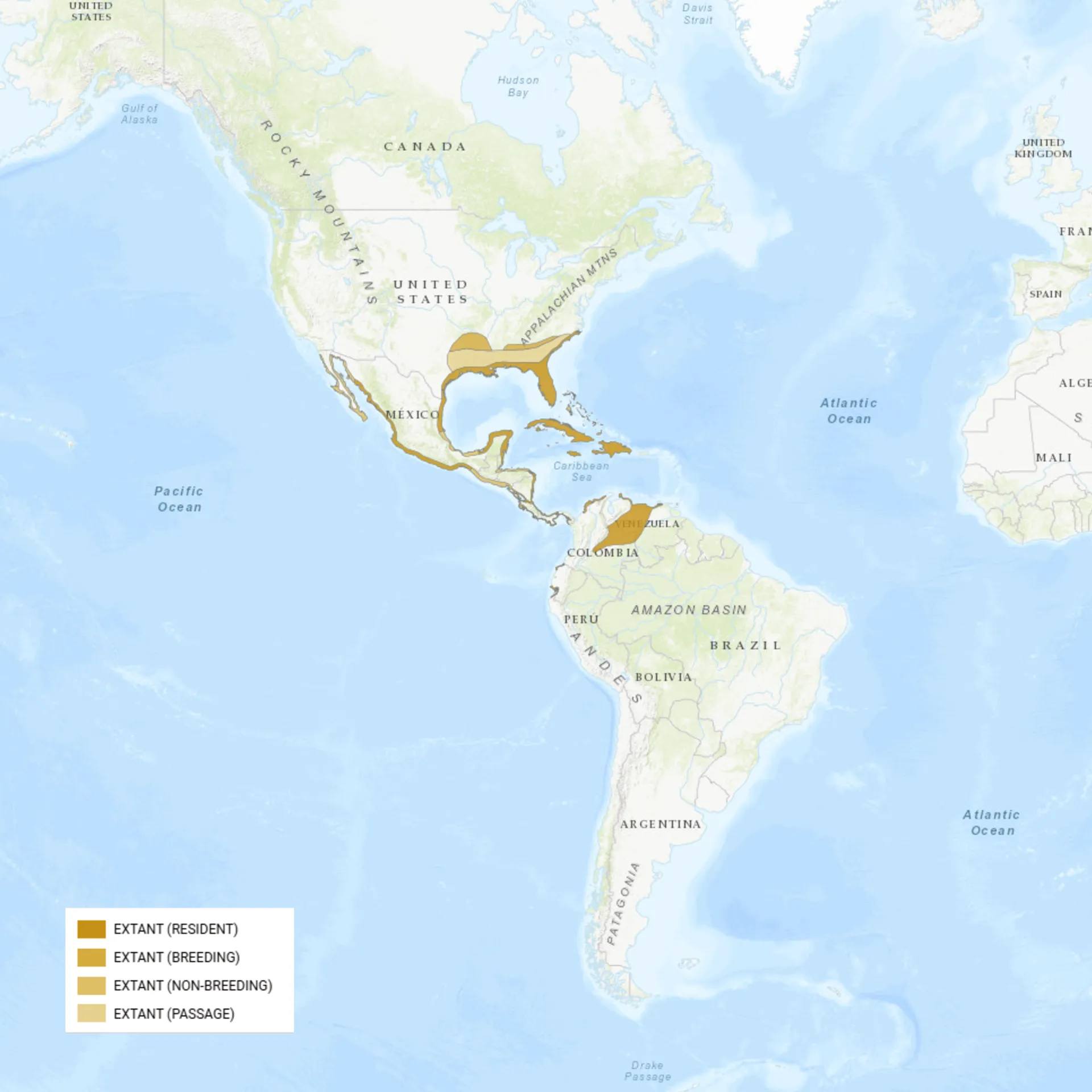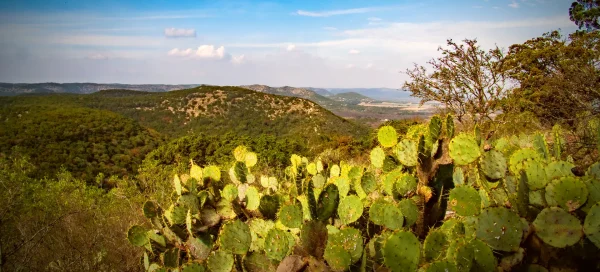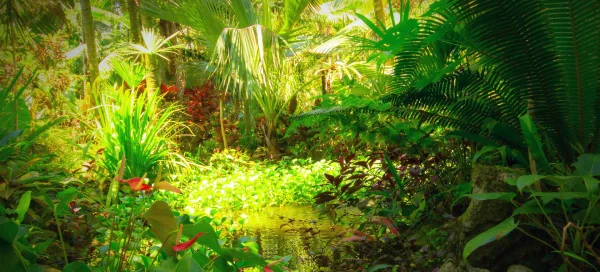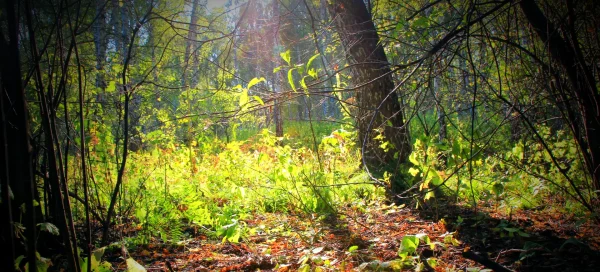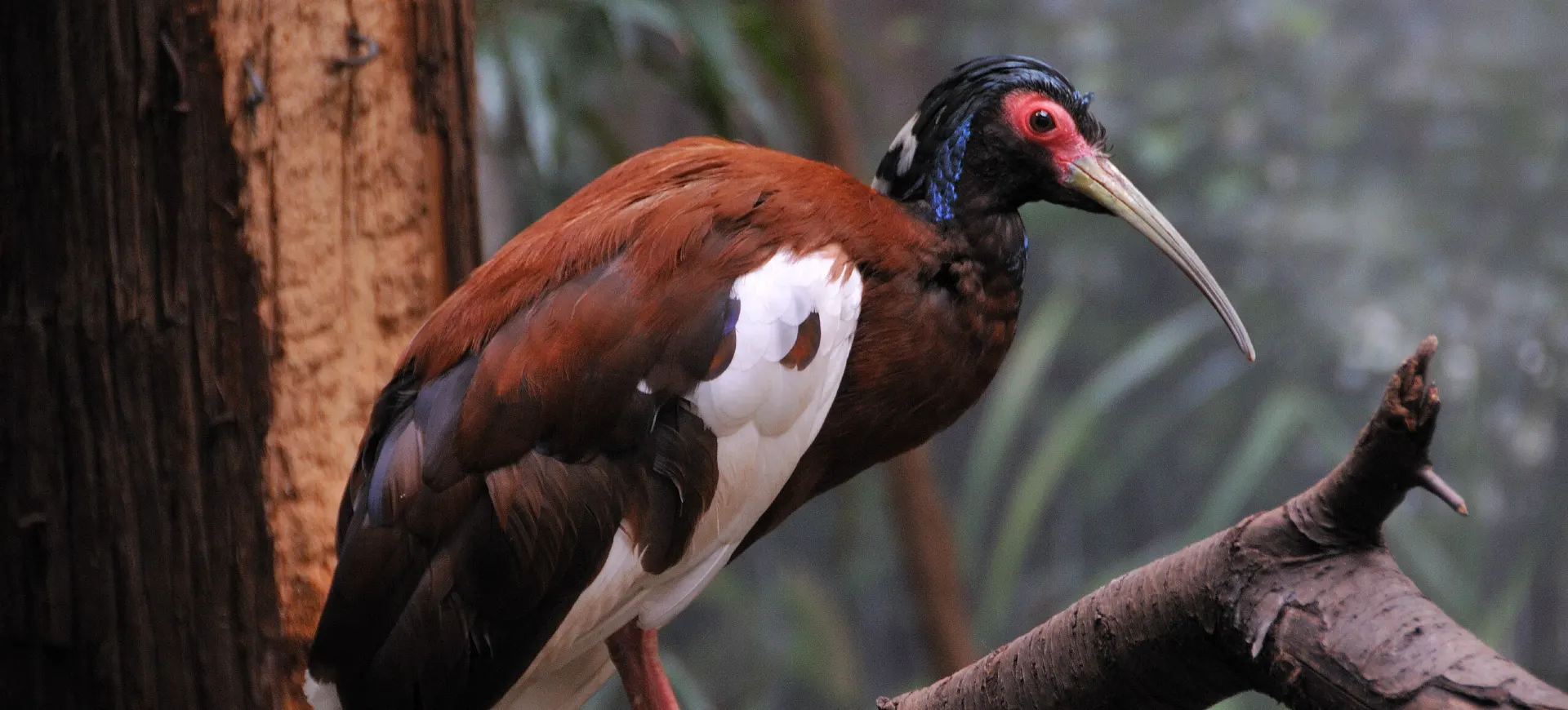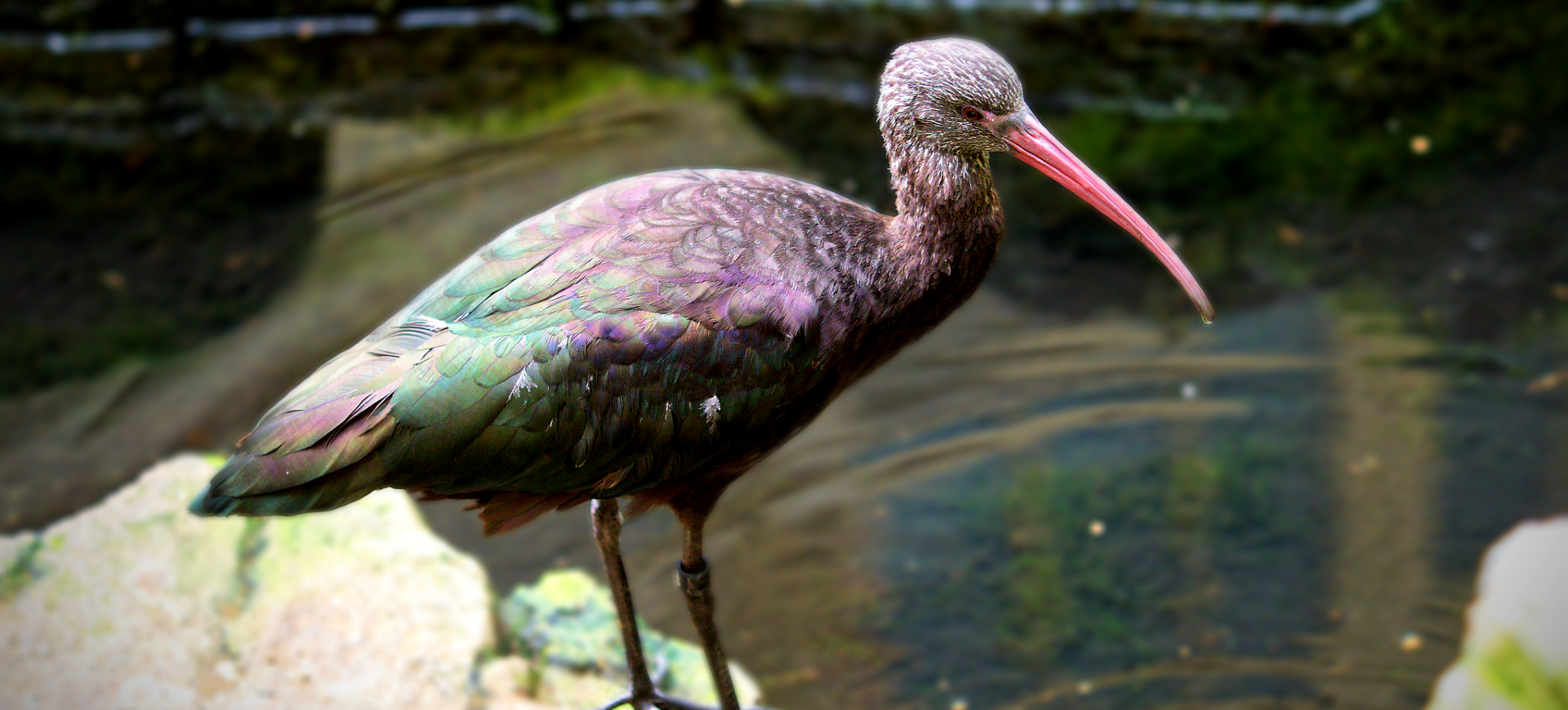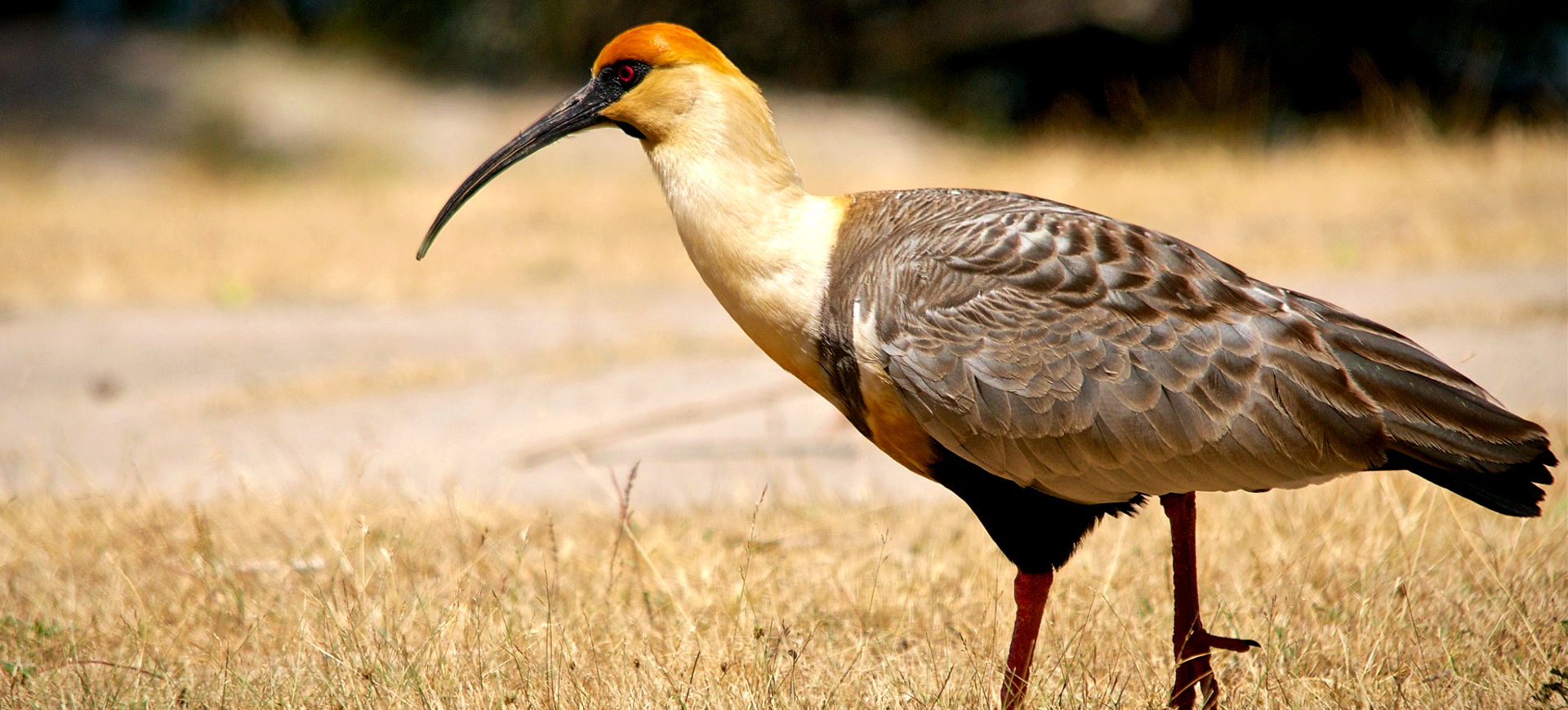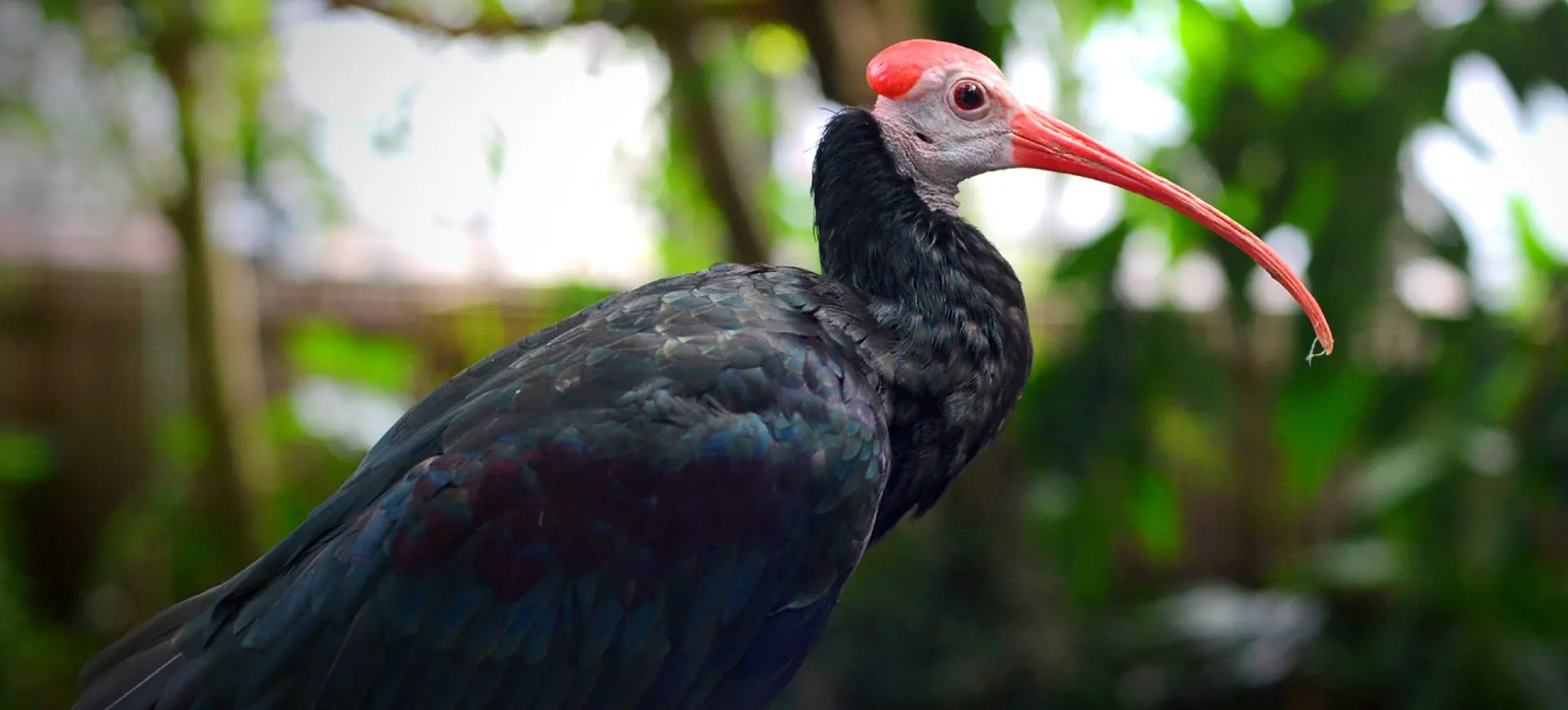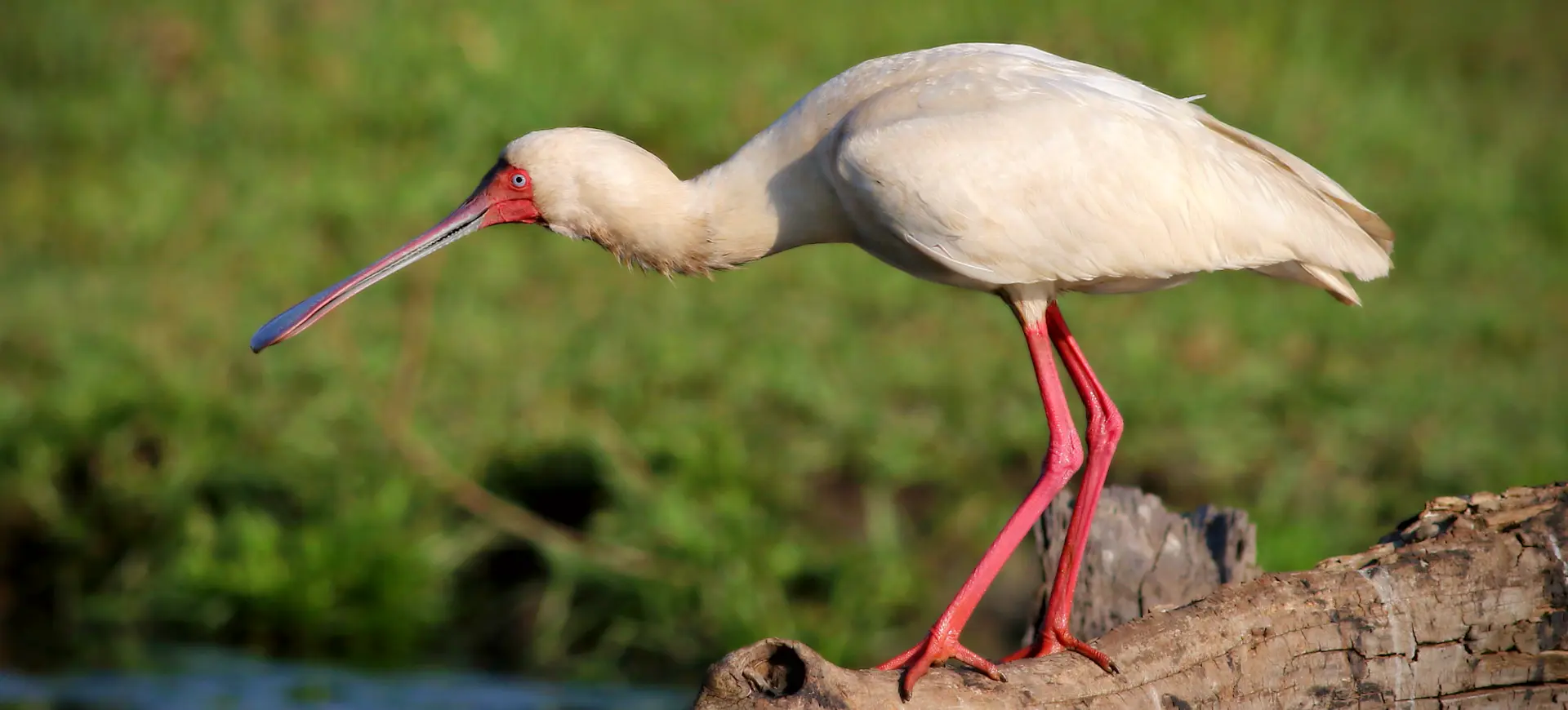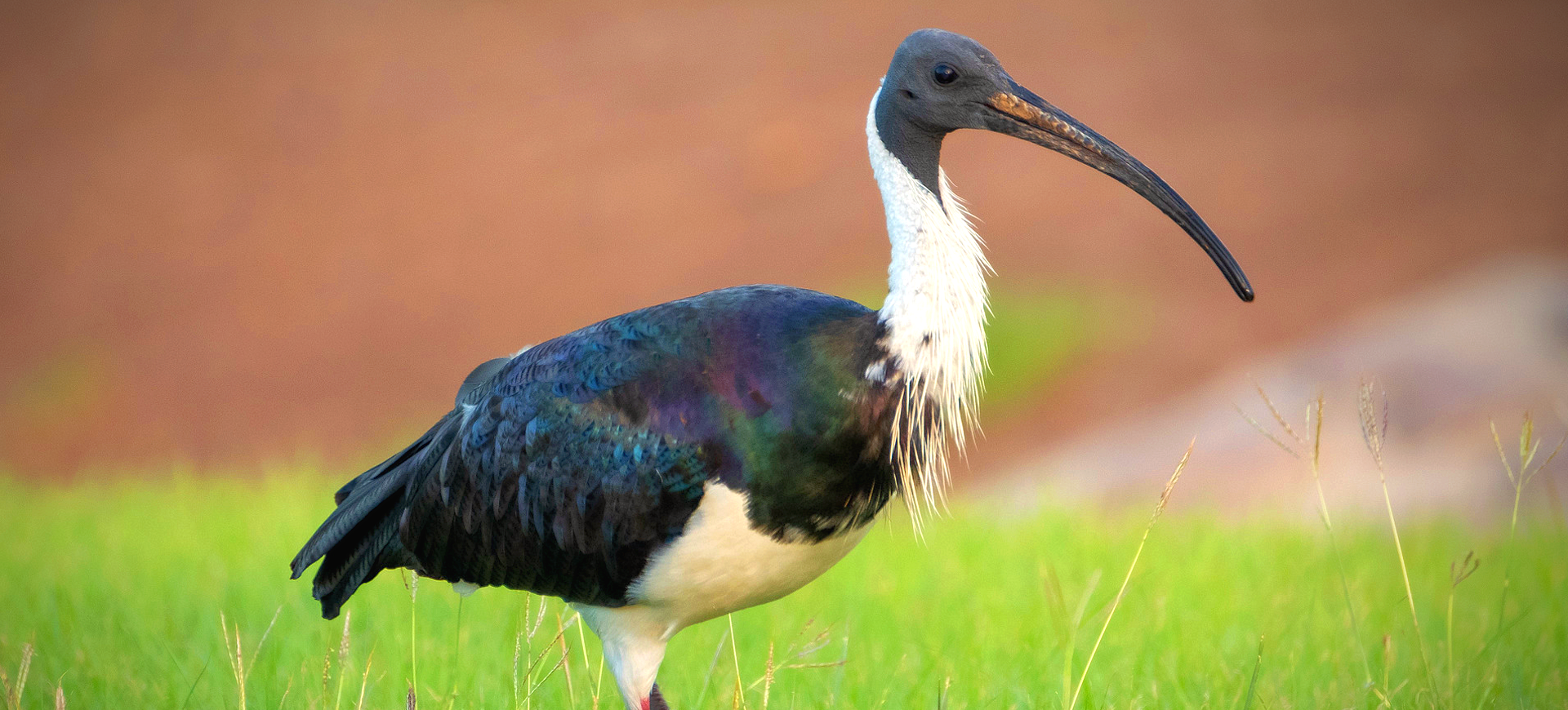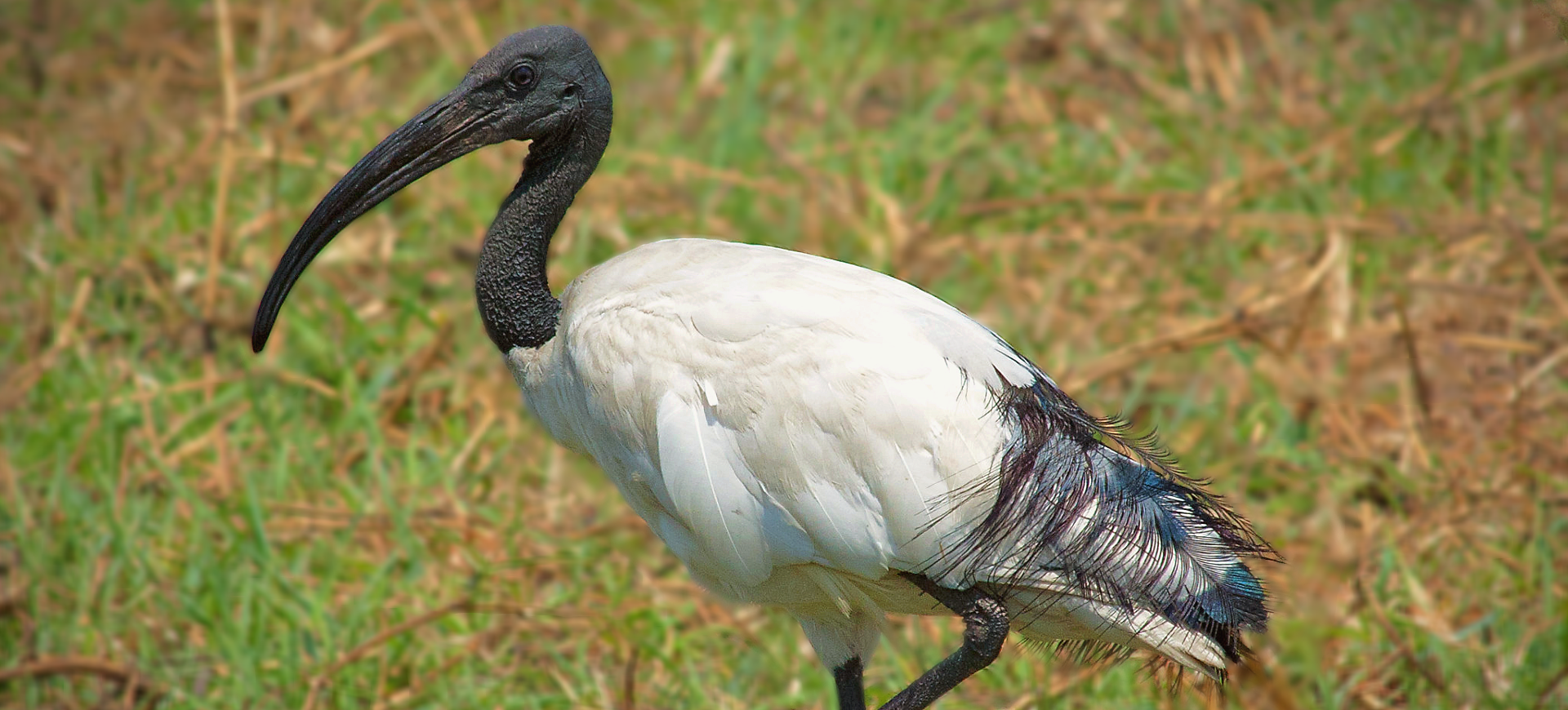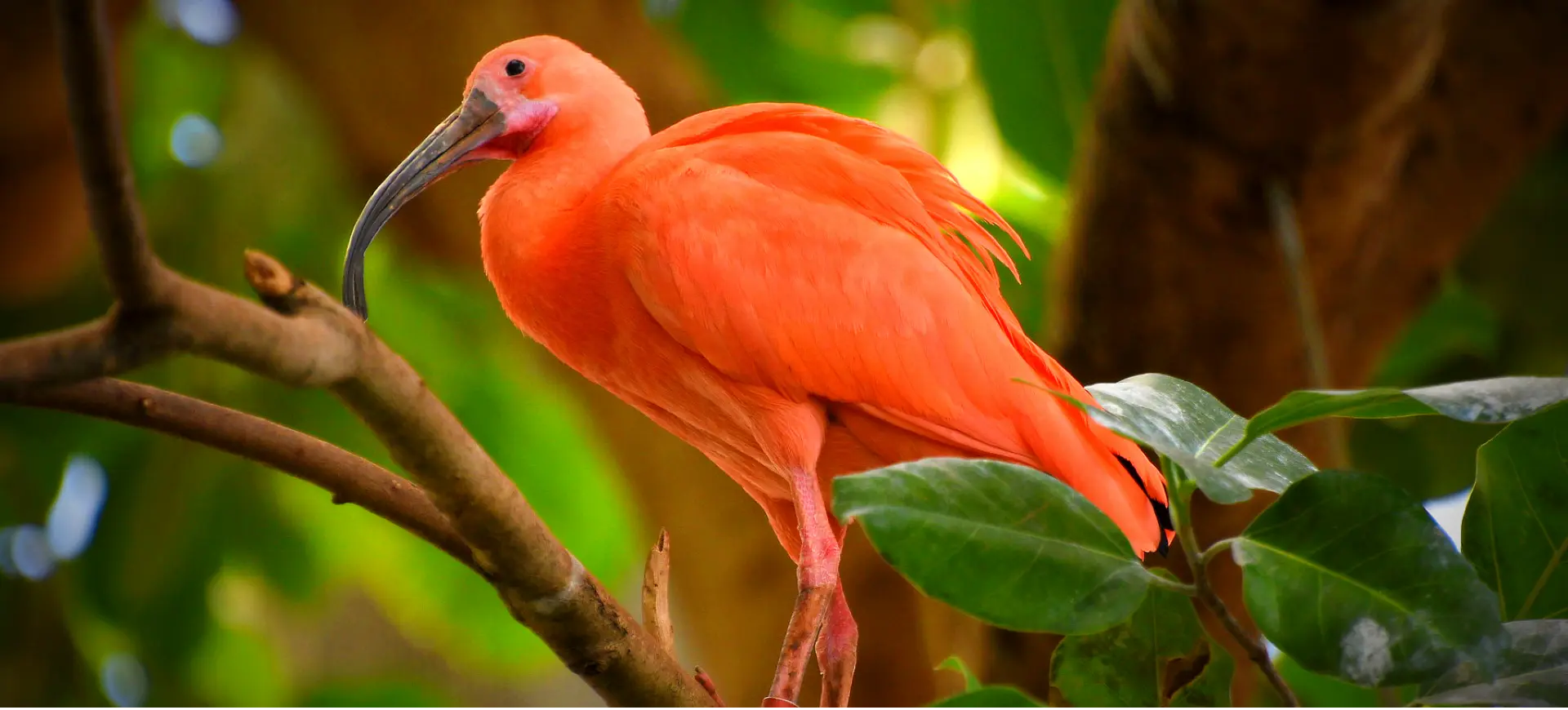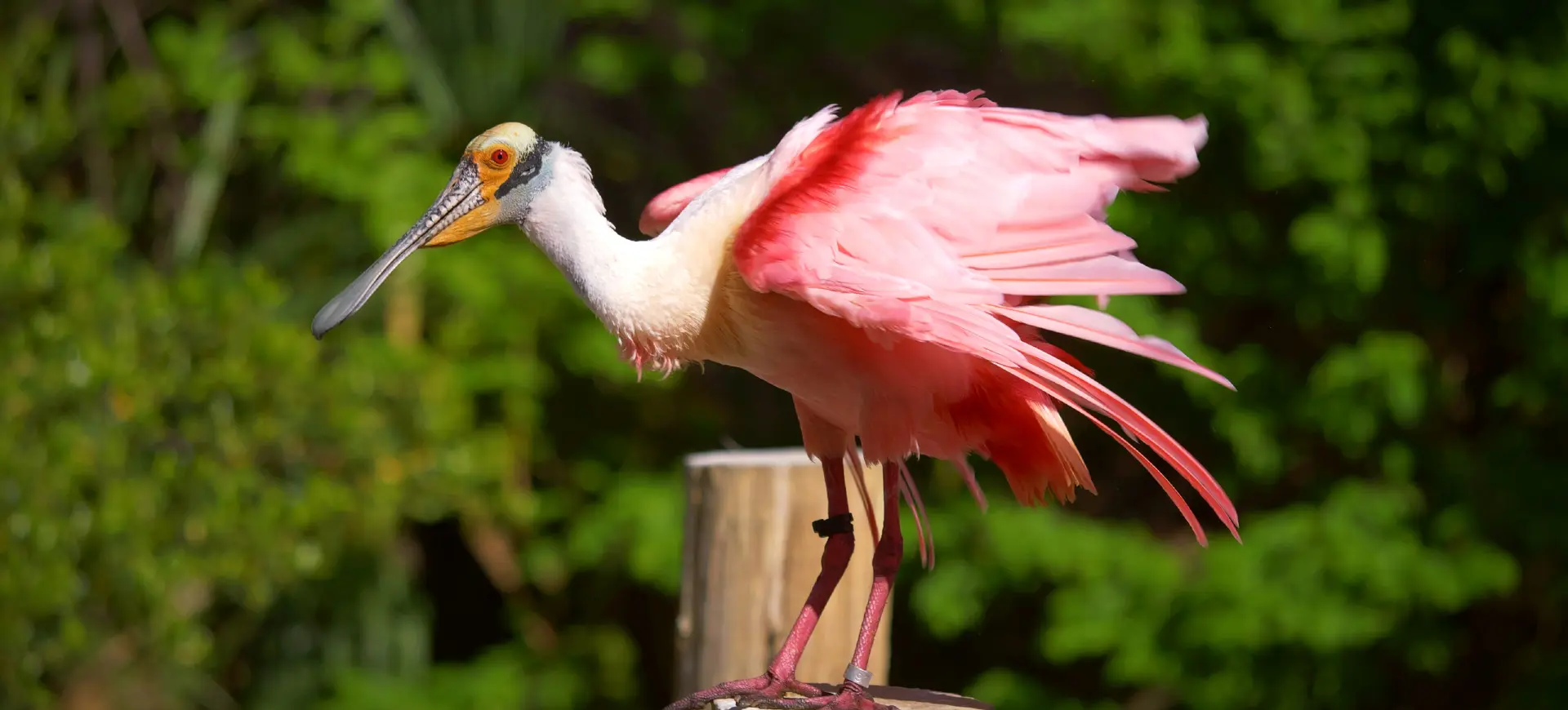Overview
The White Ibis is a medium-sized wading bird widely recognized for its striking white plumage and long, curved bill. It primarily inhabits wetlands and coastal regions, where it forages in shallow waters for various small aquatic prey. These birds are highly social and often found in large flocks, especially during breeding and migration. Their adaptability to natural and urban wetland habitats has supported stable population levels across their range.
The species is known for its strong site fidelity, often returning to the same breeding or feeding grounds year after year. Large colonies form in marshes, mangroves, or islands during the breeding season, with nests built close together. White Ibises are diurnal feeders and rely heavily on tactile foraging, using their bills to probe mud and water. They may travel significant distances between roosting and feeding sites outside the breeding season.
Juveniles differ notably from adults in coloration, exhibiting brownish plumage and duller legs and bills until they mature. The transition to adult plumage typically occurs within the first year. Adult White Ibises have unfeathered reddish-pink faces and legs, which can become more vibrant during the breeding season. Their distinct appearance and gregarious nature make it easy to identify in their native range across the southeastern United States and parts of Central and South America.
Taxonomy
Kingdom
Phylum
Class
Order
Family
Genus
Species
Type
Current distribution:
The White Ibis is native to the southeastern United States, the Caribbean, Mexico, Central America, and northern South America. In the United States, it is most abundant in Florida, though its range extends westward to Texas and northward along the Atlantic Coastal Plain. Vagrant individuals have been observed as far north as the Great Lakes and northeastern states during post-breeding dispersal. They are largely non-migratory in tropical areas but may shift locally due to water levels and food availability.
Central and South American populations are generally resident, particularly along the Caribbean coastlines and Amazonian tributaries. The species is widespread throughout countries such as Colombia, Venezuela, and Ecuador, with small numbers reaching as far south as northern Brazil. The global population is considered stable, with many individuals adapting well to habitat changes. However, continued wetland loss may alter local distributions over time.
Physical Description:
Adult White Ibises are characterized by their all-white plumage, with contrasting black wingtips only visible in flight. They have long, down-curved orange-red bills and pinkish-red legs, which become more vivid during the breeding season. Their skin is bare and reddish, with blue eyes contrasting with their distinctive facial profile. In juveniles, the plumage is mottled brown and white, with duller bill and leg coloration, gradually changing as they mature.
The species has a lean, elongated body ideal for wading through shallow waters, and its long necks give it a graceful appearance. Its flight is strong and direct, with neck and legs extended, often forming V-shaped flocks. Sexual dimorphism is subtle, with males being slightly larger and having longer bills than females. Their plumage offers little variation across their range, making it a consistently recognizable species.

Lifespan: Wild: ~16 Years || Captivity: ~20 Years

Weight: Male: 2.0–2.5 lbs (0.9–1.1 kg) || Female: 1.6–2.2 lbs (0.7–1.0 kg)

Length: Male: 22.0–27.0 in (56–69 cm) || Female: 20.0–24.0 in (51–61 cm)

Height: Male: 22.0–25.0 in (56–64 cm) || Female: 20.0–23.0 in (51–58 cm)

Wingspan: Male & Female: 35.0–41.0 in (89–104 cm)

Top Speed: 30 mph (48 km/h)
Characteristic:
Native Habitat:
White Ibises prefer shallow freshwater and brackish wetlands, such as marshes, mangroves, flooded fields, and the edges of lakes and rivers. They are also common in tidal estuaries and coastal lagoons where they forage during low tides. Nesting often occurs on isolated islands, mangrove forests, or dense marsh vegetation, where predators are less likely to reach. These habitats provide ample food availability and protection during critical life stages.
The species is highly adaptable and may inhabit urban areas, such as city parks and golf courses, if suitable wetland-like conditions exist. Seasonal flooding is important in maintaining foraging habitat quality, especially during breeding. Nesting colonies are usually near abundant food sources to support high energy demands during chick rearing. Despite increasing urban encroachment, the White Ibis has shown resilience in adjusting to modified landscapes.
Biomes:
Biogeographical Realms:
Continents:
Countries:
Diet:
Diet & Feeding Habits:
White Ibises are carnivorous, foraging primarily for small aquatic organisms such as crustaceans, insects, mollusks, and small fish. Their long, decurved bills are specially adapted for tactile feeding, allowing them to detect prey by touch as they probe the mud and water. Crayfish are a particularly important food item, especially during breeding season, due to their high nutritional value. Feeding usually occurs in shallow wetlands, flooded fields, estuaries, and tidal flats.
These birds are highly opportunistic and may shift their diet depending on seasonal availability and habitat conditions. They often feed in groups, which may help stir up prey and reduce individual vigilance needs. During droughts or habitat disturbances, they may forage in urban stormwater retention ponds or golf courses. Their flexible diet has allowed them to thrive in natural and human-modified environments.
Mating Behavior:
Mating Description:
White Ibises breed colonially, often forming dense nesting groups on islands or coastal marshes. Males establish territories and perform courtship displays, including preening, bowing, and presenting nesting materials to potential mates. Once a pair bond is formed, the pair cooperatively builds a nest platform using twigs and other vegetation. Mating generally begins at the onset of the wet season when food is most abundant.
The species is seasonally monogamous, and both sexes share incubation and chick-rearing duties. Females typically lay 2 to 4 eggs, and both parents take turns incubating them over approximately three weeks. After hatching, chicks are altricial and require intensive care for several weeks before fledging. Successful reproduction is closely tied to food availability and suitable water conditions.
Reproduction Season:
Birth Type:
Pregnancy Duration:
Female Name:
Male Name:
Baby Name:
Social Structure Description:
White Ibises are highly social birds, often forming large flocks for foraging, roosting, and migration. These flocks provide safety in numbers and help increase foraging efficiency by stirring up prey. During the breeding season, they nest in densely packed colonies, with individuals maintaining strong pair bonds. Social interactions include mutual preening, vocalizations, and coordinated flight formations.
Juveniles often remain near adults for several weeks after fledging, learning foraging techniques and flocking behaviors. Mixed-age and sometimes mixed-species flocks are common outside the breeding season, especially in foraging areas. Hierarchical relationships may be observed in feeding groups, with dominant individuals gaining better access to food. Their social nature is a key factor in their ecological success.
Groups:
Conservation Status:
Population Trend:
The White Ibis has maintained a stable population trend across much of its range, aided by its flexible foraging strategies and adaptability to changing habitats. Breeding colonies can contain thousands of pairs, indicating strong reproductive potential under suitable conditions. The highest concentrations are found in Florida, where natural and human-made wetlands support large populations. Outside the United States, populations are smaller but widely distributed across the Neotropics.
Urbanization and wetland alteration have led to range expansions in some areas, with individuals increasingly observed in developed regions. The bird’s tolerance for disturbed environments has allowed it to thrive in parks, stormwater systems, and other artificial wetlands. Despite its adaptability, local declines may occur where wetland degradation is severe or where hydrology is heavily altered. Ongoing monitoring is needed to ensure long-term population health.
Population Threats:
The primary threats to White Ibis populations are wetland loss, degradation, and pollution, particularly from urban development and agricultural runoff. Altered water flow from dams and drainage projects can reduce suitable breeding and foraging habitats. Pesticides and heavy metals in aquatic environments may affect reproduction and chick survival rates. Invasive species and human disturbance at nesting sites can also impact breeding success.
Climate change poses an additional threat by altering rainfall patterns and increasing the frequency of extreme weather events. Rising sea levels may inundate low-lying nesting areas in coastal regions. Urban encroachment and habitat fragmentation may isolate colonies, limiting gene flow and reducing reproductive success. Despite these threats, the species has shown resilience in many areas, but its future stability depends on habitat conservation.
Conservation Efforts:
Wetland conservation and restoration initiatives across the southeastern U.S. and parts of Latin America play a key role in supporting White Ibis populations. Protected areas like Everglades National Park provide critical breeding and feeding habitats. Environmental regulations to reduce wetland destruction and control water quality help maintain viable ecosystems. Many local agencies also monitor nesting colonies to track population trends and reproductive success.
In urban areas, efforts to create and manage artificial wetlands have provided alternative habitats for foraging and roosting. Zoos and wildlife rehabilitation centers contribute to education and conservation outreach programs, increasing public awareness about wetland species. Ongoing research on foraging behavior, reproductive success, and movement patterns informs adaptive management strategies. Collaborative conservation programs with private landowners also support the maintenance of habitat corridors and seasonal wetland systems.
Additional Resources:
Fun Facts
- White Ibises use their sensitive bills to detect prey by touch rather than sight.
- Their black wingtips are made of stronger primary feathers that help during flight.
- Juveniles can take up to two years to fully transition to adult plumage.
- They often follow cattle or other animals to feed on insects stirred up by movement.
- White Ibises are important indicators of wetland ecosystem health.
- They play a role in controlling populations of aquatic insects and crustaceans.
- Their range has expanded in urban areas where artificial wetlands exist.
- They can fly in formation to reduce wind resistance and conserve energy.
- During courtship, males offer nesting materials to potential mates.
- They have been used in local folklore and cultural symbolism in the southeastern U.S.

